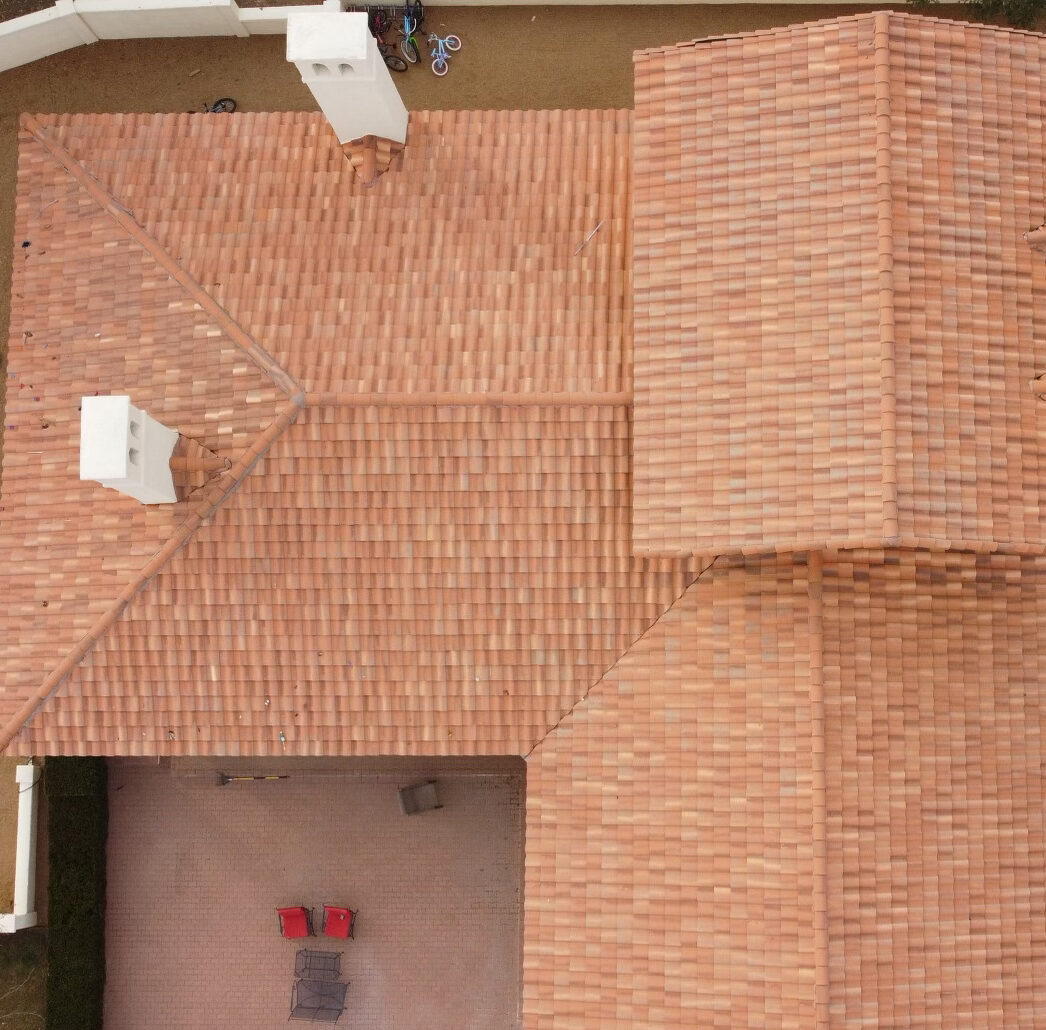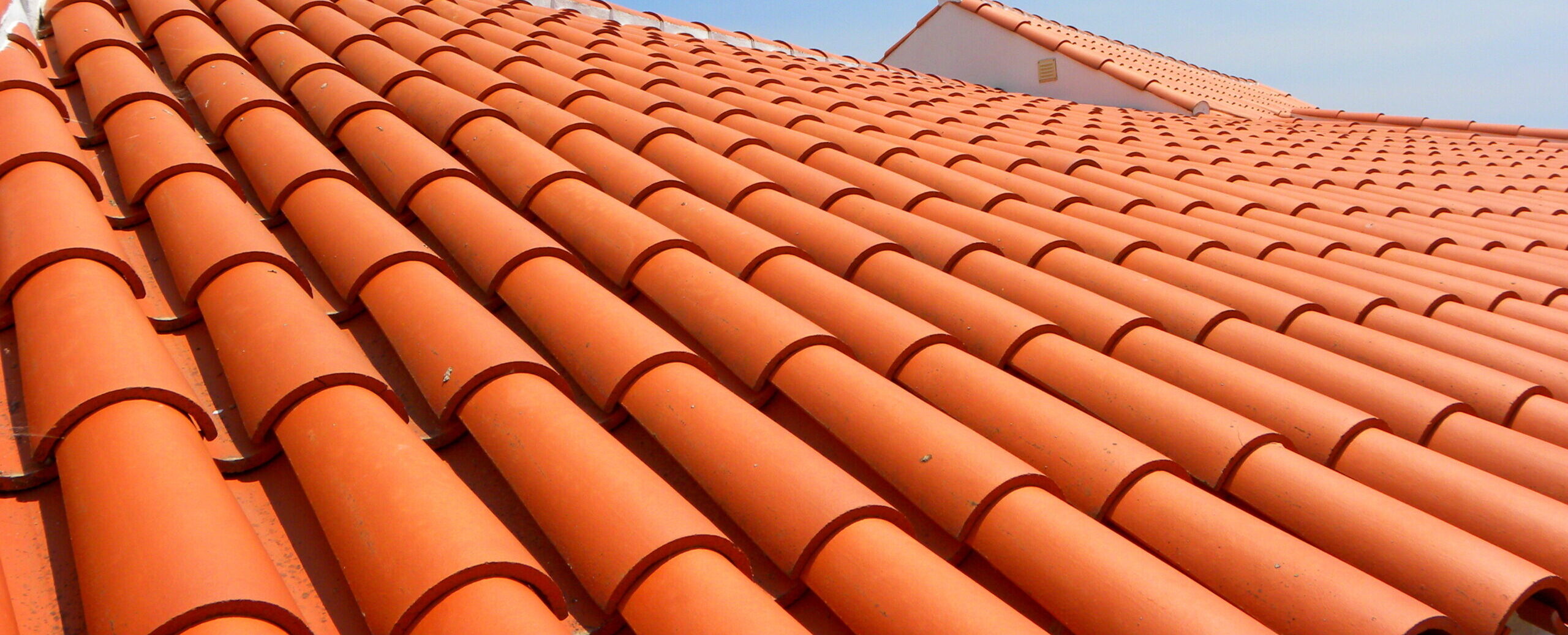Tile roofing is a common type of roof found here in Yavapai County. The key part of a tile roof in our area is the underlayment used – ice and snow can force their way under tile, so if a high quality underlayment is used, a tile roof can last for decades before replacing that underlayment.
ABOUT TILE ROOFING IN NORTHERN AZ
There are several types of tile roofing, including concrete, clay, and metal. Concrete tile is the most common type found in our area, followed up clay and then metal.

Concrete tiles are formed from colored concrete and then coated with colors and a clear coat. This type of tile normally costs less than clay tile, and has many more color variations due to it being manufactured.
Clay tiles are formed from clay and baked – often clay tile will be in the classic reddish or orange colors.
Metal tiles are exactly what they sound like – the advantage that metal tile has over concrete and clay is that it’s much lighter weight, so your roof deck and trusses can support them without any special engineering and modifications.
THE TILE ROOF IN NORTHERN AZ
Tile is installed over a solid plywood or tongue and groove deck. As mentioned, the underlayment applied to the deck under the tiles is among the most important components for a leak-free tile roof – we prefer to use a Boral TileSeal self-adhering underlayment, which is more expensive than felt or other synthetics, but we’ve found it to hold up better for longer. Regardless of which roofing contractor in Prescott that you choose, this is an important detail to verify with them.
On top of the underlayment, treated batten boards are nailed down in rows to the roof. The tile is then laid over these boards, with the bottom courses and side courses of tile all being nailed down.
Mortar is used to seal up penetrations and ends of ridges and rakes to prevent animals from getting under the tiles.

LIFESPAN AND WARRANTIES
A clay tile roof can last for 50 or more years, with the only consideration being replacing the underlayment at some point. Concrete and metal tile can last just as long, but will weather and fade as the years go on.
ABOUT YAVAPAI ROOFING
Yavapai Roofing installs all types of residential roofing in Yavapai County and beyond. We service Prescott, Prescott Valley, Chino Valley, Dewey, Sedona, Cottonwood, Camp Verde, the outlying areas of Yavapai County, Flagstaff area and more. Give us a call to schedule a free consultation.

